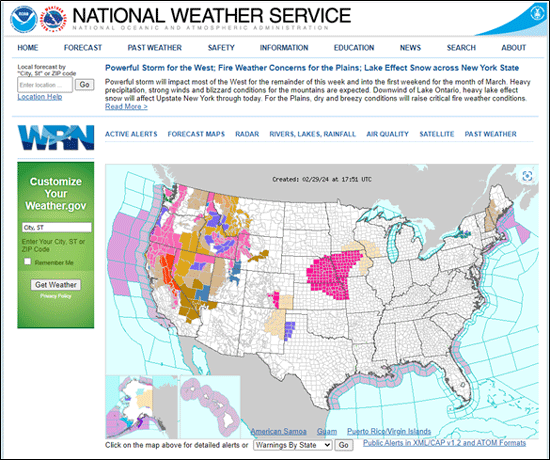Wildfires in the central and southern Great Plains have been major news items lately. Fires in the Texas panhandle have consumed over 1 million acres. In addition, wildfires have also occurred in Oklahoma and Kansas.
Burn bans and red flag warnings have been issued on a regular basis. A burn ban in Kansas is put into effect by action of county commissioners. Your local radio station will usually announce burn bans when they are issued. How do you know if a burn ban is in effect? In each county, an individual wanting to burn needs to notify some local authority of their intent. That may be the fire chief, police department, or emergency management office. They should know when a burn ban has been implemented and when it is safe to burn.
Other information related to burning conditions is a designation of Red Flag Warning. Figure 1 shows a Red Flag Warning for parts of Kansas, Nebraska, Missouri, and Iowa for February 29, 2024. A Red Flag Warning means that critical fire weather conditions will occur. Strong winds, low relative humidity, and warm temperatures can contribute to extreme fire behavior.

Figure 1. Alerts are provided by the National Weather Service (https://www.weather.gov).
Additional information related to fire weather can be found at the Kansas Mesonet site https://mesonet.k-state.edu/fire/danger/. The fire danger forecast is based on a scale from low to extreme. The best conditions to conduct a prescribed burn would be when the fire danger forecast is in the moderate or high category.
Always check out weather forecasts if you plan to conduct a prescribed burn. The weather during the day of the burn and the day or two after the burn are important for conducting a safe prescribed burn. Never conduct a prescribed burn during a burn ban or if the fire danger forecast is in the very high or extreme category.
Walt Fick, Rangeland Management Specialist
whfick@ksu.edu
Tags: prescribed burning red flag warnings wildfire burn ban